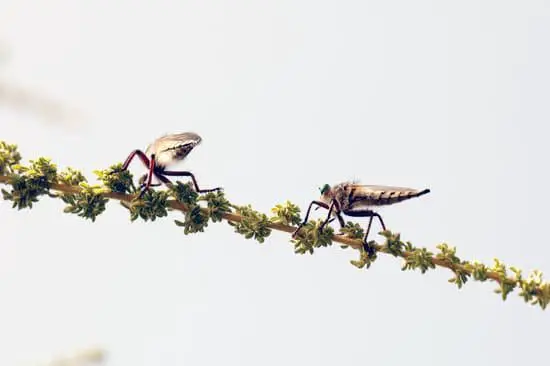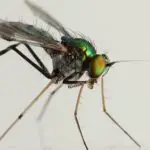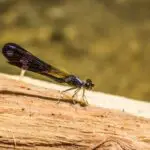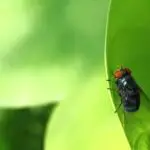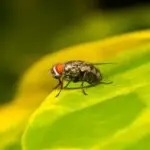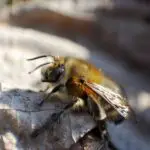How Can Flies See Color?
Fly eyes are different from human eyes in many ways, including their difficulty in seeing different colors. They don’t have the cones and rods of the human eye, which are responsible for interpreting different color spectrums. Instead, they have very basic receptors that respond to only certain wavelengths of light.
Fly eyes have thousands of individual visual receptors, or ommatidia, which make up the fly’s eyes. These tiny images form an overall image when viewed from a distance. Consequently, the more ommatidia are in the eye, the more distinct and clear the image becomes.
Flies’ eyes have been designed to accommodate their visual needs. They can’t focus on a single object, but they can detect the movement of other insects and human hands. They also have the ability to see ultraviolet, which helps them find food. However, they cannot see red. They have different vision abilities than other animals.
Although their vision is not perfect, flies are highly efficient in detecting objects in their environment. Their eyes are spherical and lack pupils, so they cannot regulate the amount of light entering the eye or focus on a specific object. Their eyes are great at detecting movement and form, but their color vision is severely limited. This is why flies prefer to feed on dead animals and inanimate objects.
The visual pigments in flies are blue-green-sensitive and UV-sensitive. These are called screening pigments. They are present in primary and secondary pigment cells. Primary pigment cells contain brown ommochrome screening pigment, and secondary pigment cells contain red drosopterin. In addition to these pigments, the rhabdom contains yellow pigment that modulates light input and endsows photoreceptors with a pupillary mechanism.
